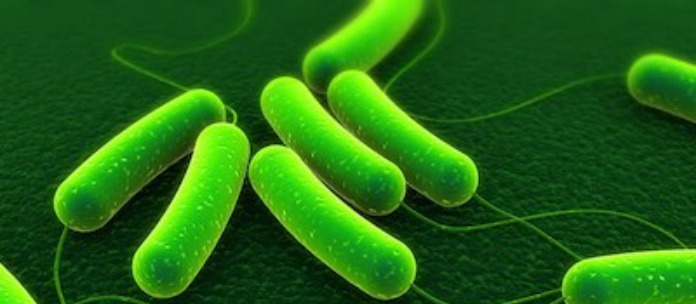Five people in Minnesota have been sickened in the E. coli O121 and O26 outbreak linked to recalled General Mills flour. The outbreak case count now includes 46 people in 21 states. Thirteen of those ill persons have been hospitalized. One person has developed hemolytic uremic syndrome, and no deaths have been reported.

Laboratory, traceback, and epidemiologic evidence indicate that flour produced at the General Mills facility in Kansas City, Missouri is a “likely source” of this outbreak. Two strains of E. coli bacteria have been found in the flour; E. coli O121 and E. coli O26.
General Mills has expanded its recall of flour produced at that mill twice to include more production dates. Please look carefully at the list of recalled products to see if you purchased any. If you decant your flour into another container and throw away the package, but you know you buy General Mills products, throw away the flour. The price of flour is very low compared to the cost of a serious illness.
Make sure that you wash out that container if you do throw the flour away. Use hot water and soap, or run the container through a dishwasher.
And there have been secondary recalls of products that were made using General Mills flour. See our piece “General Mills E. coli Flour Recall Roundup” for the latest information.
In addition, do not eat raw cookie dough or cake batter. Do not make homemade playdough with flour for your kids. Wash bowls, utensils, and surfaces after you use flour.
Be careful when you are using flour. It is a raw agricultural product that does not go through a “kill step” during production that would kill bacteria. That means any bacteria deposited on the wheat in the fields, during harvest, during processing, or transport will stay on the flour. Clean your kitchen carefully when using flour and avoid cross-contamination between flour and products that are eaten raw.
The symptoms of an E. coli infection include severe abdominal cramps, possible nausea and vomiting, possible mild fever, and diarrhea that may be bloody and/or watery. Most people recover on their own within a few days, but some may develop hemolytic uremic syndrome (HUS), a serious complication that can destroy the kidneys.




